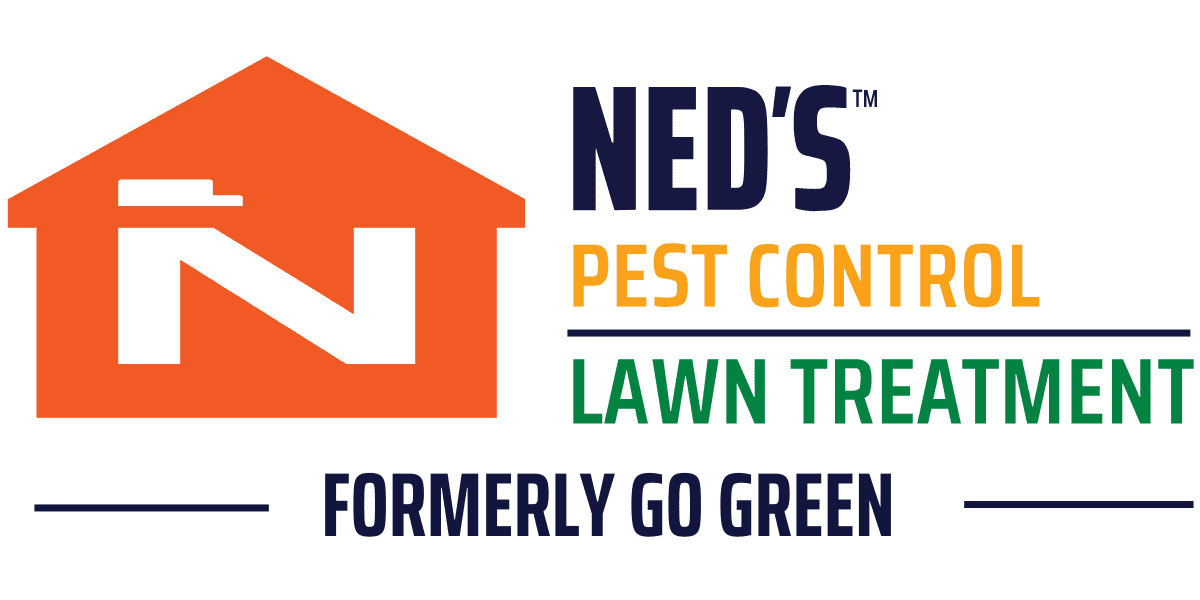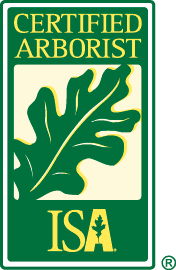There are three primary types of lawn aeration: liquid, core, and spike. Each type has its own distinct advantages and disadvantages that should be considered before selecting the best method for your lawn.
Liquid Aeration
Liquid aeration is the process of injecting a pressurized stream of air and water into the soil. This is done by using a special nozzle that is attached to a hose. The air and water mix together and create tiny bubbles that travel through the soil, loosening the compaction and allowing oxygen and nutrients to reach the roots of the grass.
Advantages of Liquid Aeration:
- It does not require any type of machinery, making it more convenient than other methods.
- The stream of air and water loosens compaction in the soil allowing for better drainage and root growth.
- It is less disruptive to the lawn than core or spike aeration.
- It is ideal for lawns that have a heavy thatch layer.
- It is less disruptive to the lawn since there is no need to remove cores of soil or make holes in the turf.
Disadvantages of Liquid Aeration:
- The results are not as long-lasting as core or spike aeration.
- It is not as effective in breaking up heavy clay soils. Lawns must be watered before and after the treatment to avoid damage to the grass.
Core Aeration
Core aeration involves removing small cores (about 1/2 of an inch to 3/4 of an inch) of soil from the lawn. This helps to reduce compaction and improve drainage. Core aeration can help improve the health of the lawn by allowing nutrients and water to reach the roots more easily. However, this method can be time-consuming if done by hand, and may not be suitable for all lawns.
Advantages of Core Aeration:
- Reduces compaction and improves drainage.
- Allows nutrients and water to reach the roots more easily.
- Can improve the health of your lawn.
Disadvantages of Core Aeration:
- It can be time-consuming and difficult if done by hand.
- Not suitable for all lawns.
- Requires expensive machinery
- Can be detrimental to your lawn if done incorrectly.
Spike Aeration
Spike aeration involves punching holes in the lawn with spikes. This method is less effective than core aeration, as it only penetrates the top layer of soil. However, it is easier to do and does not require special equipment.
Advantages of Spike Aeration:
- Doesn’t require any special equipment or machinery.
- Easier to do than other forms of aeration.
- Does not require special equipment.
Disadvantages of Spike Aeration:
- Less effective than other types of aeration
- Only penetrates the top layer of soil.
- It may damage the roots of your lawn if done incorrectly.
Which Method of Aeration is Best for Your Lawn?
The best method of aeration for your lawn depends on a number of factors, including the type of soil you have, the condition of your lawn, and your budget. If you have a small lawn, or if your soil is loose and easy to work with, spike aeration may be a good option for you. If you have a larger lawn, or if your soil is compacted or difficult to work with, core aeration may be a better option. Ultimately, the best way to determine which method of aeration is best for your lawn is to consult with a professional lawn care company. If you’re located in Pennsylvania, Delaware, New Jersey, or Maryland, trust Go Green Lawn and Pest Services. We provide expert lawn aeration services to give you your best landscape yet! Learn more about how to do aeration and when to aerate your lawn in PA from the experts at Go Green!













